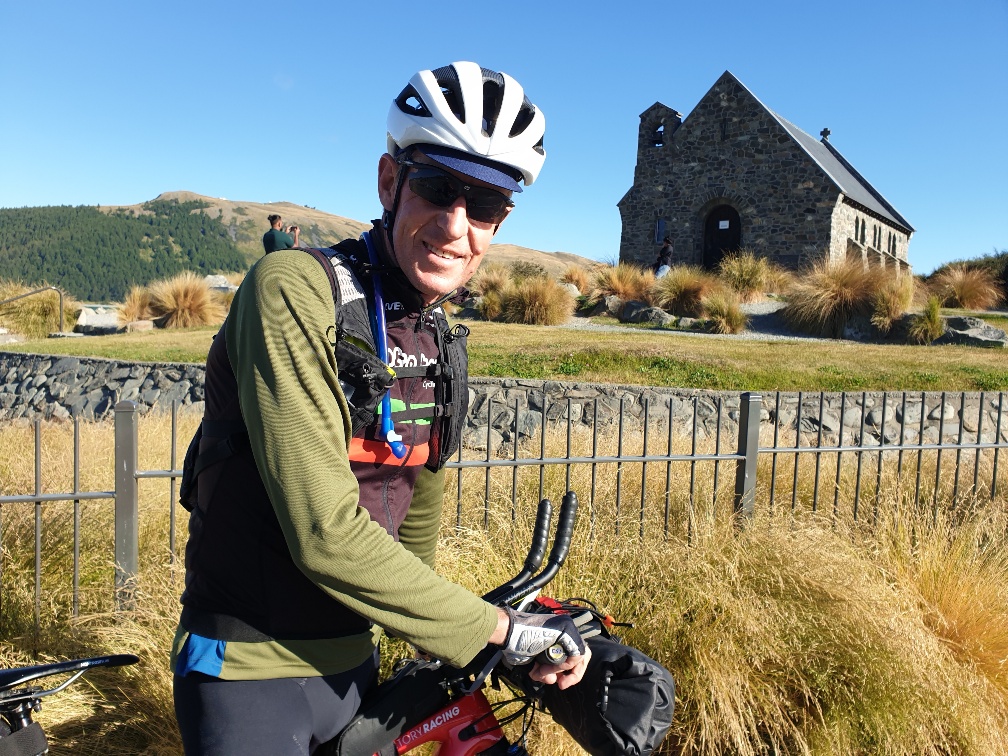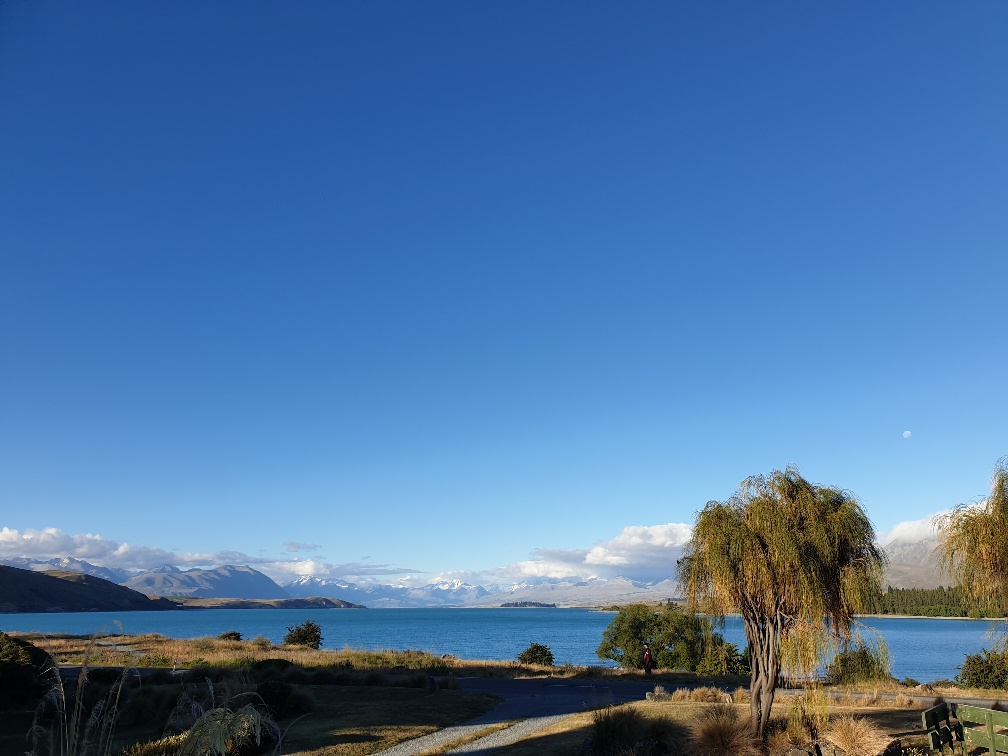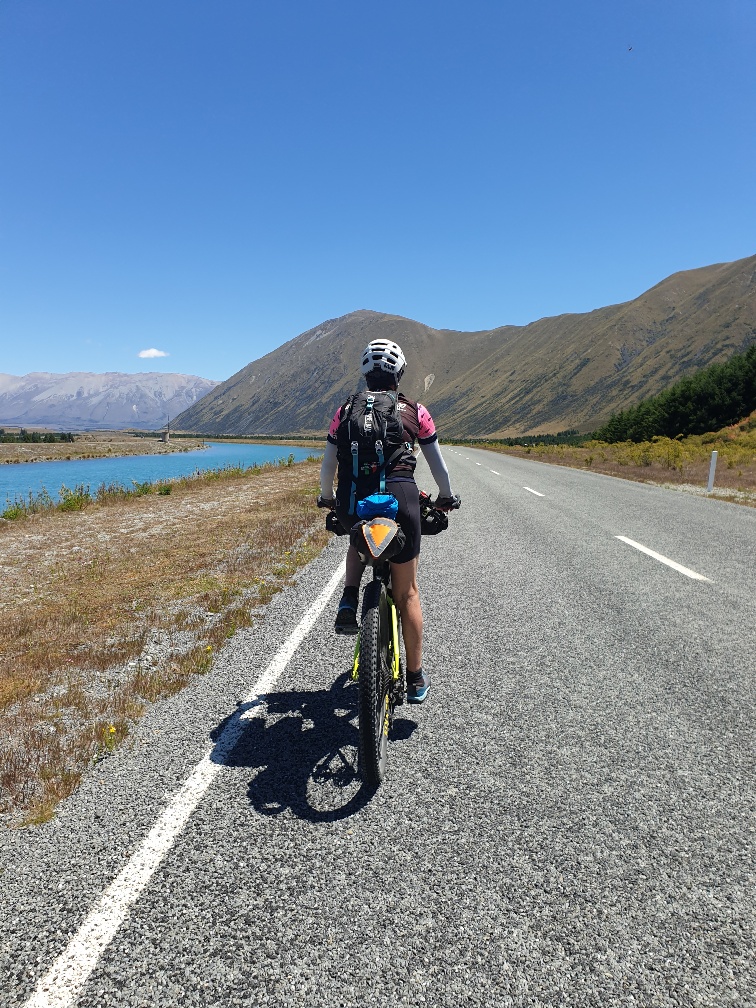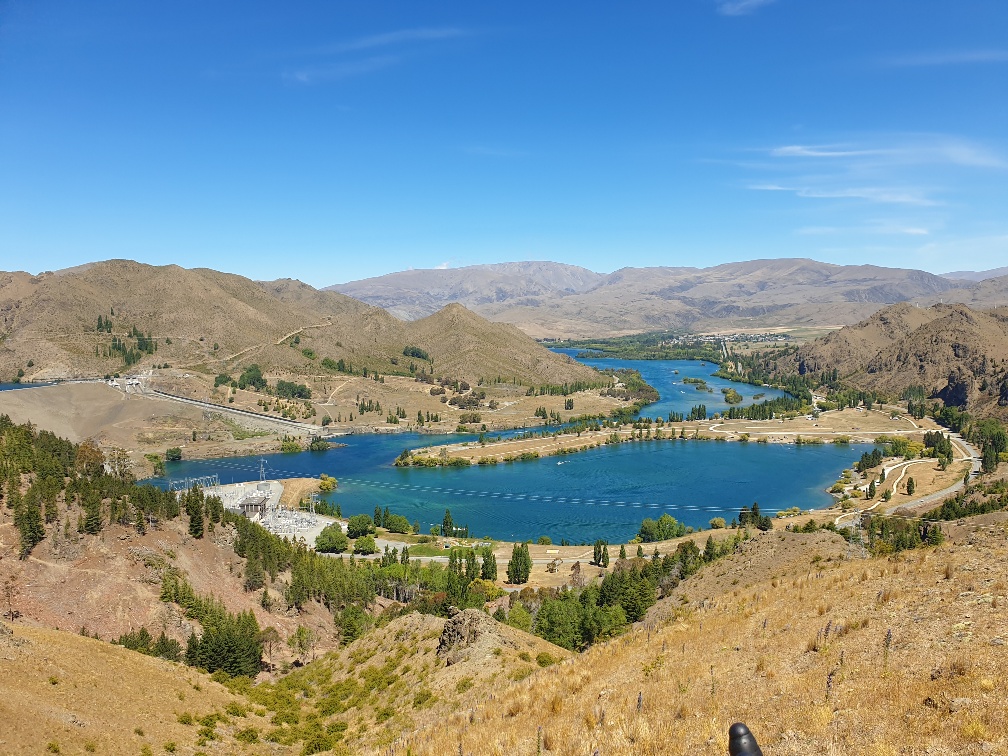Around 1904, a Mr P S Hay, who worked for the Government Public Works Department, had the vision of utilising the natural landscape of the Waitaki basin and harnessing the hydro power that could be used to generate electricity for future generations. The fruition of this vision took another 60-years when the Benmore Dam was finally commissioned and then in the 1970s when the Upper Waitaki Hydro scheme was completed and started generating electricity. Now, with the demand by politicians and their voters for climate-change and less reliance on fossil-fuels, do we have another vision which will mean more renewable energy generation for the future?
To gain an understanding of the uniqueness of the Waitaki hydro scheme in the South Island, jump on a mountain or electric bike and have a go at the Alps2Ocean cycle trail starting by the shores of Lake Tekapo.

The trail follows much of the scheme, slowly dropping from one lake to the next, past various power stations until the water runs out to the sea via the Waitaki river.
The cycle trail is relatively straight forward and can be broken up into a number of days with good accommodation stops on the way and cafes aplenty for coffee and cake.

Dropping from Lake Tekapo, the water follows a canal until it heads into Lake Pukaki. On a fine day Mount Cook stands loud and proud above all other surrounding mountains. From Pukaki, the trail heads into Twizel, the largest town in the MacKenzie District, founded in 1968 in order to house construction workers on the Upper Waitaki Hydro scheme. Water from Pukaki heads down a canal into Lake Ruataniwha.

The cycle trail heads from Twizel to Lake Ohau, which also feeds, via canals, into Ruataniwha. This artificial lake was formed in the late 70s’ and includes a spectacular rowing facility, still widely used today.
Leaving Oahu, the cycle trail eventually gets to Lake Benmore via Omarama and Otematata. Like Twizel, Otematata was a construction village built from accommodation quarters used on the Roxburgh Dam. It was also destined to be de-constructed but holiday makers thought otherwise! The town is packed out over the summer holidays with every other vehicle towing a motor boat.
Benmore is the largest artificial lake in the country, covering approximately 75km2. Water is fed into Benmore from Ruataniwha as well as the Ahuriri River. From Benmore, water feds into Lake Aviemore and then Lake Waitaki and out to the sea. All in all, there are eight hydro stations generating enough electricity for around a million NZ homes
The Alps2Ocean trail follows much of this, but from Duntroon heads inland across farmland, finishing in the town of Oamaru on the coast, about 20 minutes (by car) south of the Waitaki River.

We rode most of the trail between Christmas and New Year and it was a great geography lesson in itself. It was easy to understand the original vision of capturing water as it found its way from the mountains to the ocean and using it to generate electricity for future generations.

The construction that took place from Tekapo to Lake Waitaki, is quite staggering and begs the question, could such a project take place today? Would it get through the current resource consent process, let alone the usual protests that go with ‘think-big’ schemes?
In short, the answer would be no! I could not see such a scheme of this magnitude taking place in the current environment.
The problem that I see is that people want reform, climate change, electric vehicles and looking after the environment but they still want to drive to a café or take their motor boat to the lake for recreation. Sacrifices are not easily made and there were significant ones needed for the hydro scheme to take place. Yes, one of those was on the environment and rivers that were used to capture water.
Each summer, the Waitaki Hydro Scheme is inundated with Kiwis on their typical summer holidays which is great. Goodness knows how much fossil fuel is used, between Christmas and heading back to work, powering the myriad of boats used for fishing and water skiing.
In order to have change, a vision is required along with the adoption of modern technology. The Waitaki Hydro scheme was no different. The original vision and eventual realisation of it embraced modern technology and construction technics. This has allowed us to have the current life style that we enjoy, powered by the existing ability to generate electricity.
To move forward, have we as a nation what is required to supply energy for our children’s’ children?




Comments